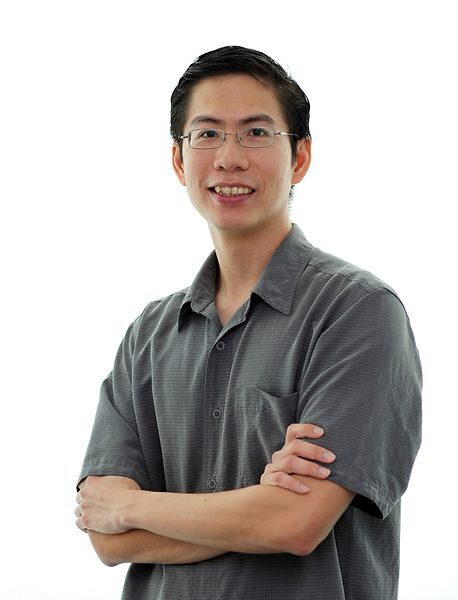[Seminar] "Visualizing and Controlling Cell Adhesion Complexes at the Molecular Scale" by Prof. Tony KANCHANAWONG

Date
Location
Description
Speaker: Dr. Tony KANCHANAWONG
Institution: Mechanobiology Institute, National University of Singapore Department of Biomedical Engineering, National University of Singapore
Title: Visualizing and Controlling Cell Adhesion Complexes at the Molecular Scale
Abstract:
Many complex biological functions are performed by supramolecular assemblies self-organized from a diverse ensemble of proteins. Cell adhesion structures such as the integrin-based focal adhesions and cadherin-based cell-cell junctions are multi-protein complexes known to transmit, sustain, sense, and respond to mechanical force. The knowledge of their physical organization is therefore essential for insights into their mechanobiological functions. Due to the nanometer size scale of the adhesion protein building blocks, the nanoscale is the functionally salient length scale for the spatial organization of these molecular complexes. In this talk, I will discuss our recent studies that sought to 1) decipher the nanoscale architecture of integrin-mediated and cadherin-mediated cell adhesion complexes, using interference-based super-resolution microscopy techniques[1, 2]; 2) control force transmission through specific cell adhesion molecules by chemical biology and optogenetic approaches.
References
Biography:
Dr. Pakorn (Tony) Kanchanawong is an Associate Professor in the Department of Biomedical Engineering, National University of Singapore, and Principal Investigator at the Mechanobiology Institute, Singapore. His research focuses on the development and application of superresolution microscopy and advanced imaging techniques to understand how cells built complex nanoscale machines from basic biomolecular building blocks to perform vital biological functions, with particular emphasis on cell adhesions and cytoskeletal systems important for mechanobiology, such as focal adhesions, adherens junctions, and the actin cortex. He has pioneered the use of super-resolution microscopy to visualize the molecular architecture of cell adhesions (Shtengel et al., PNAS 2009; Kanchanawong et al., Nature 2010; Liu et al., PNAS 2015; Wu et al; Dev. Cell 2015; Bertocchi et al. Nature Cell Biology 2017). He studied under Prof. Steven G. Boxer at Stanford for his Ph.D., and was a postdoctoral fellow with Dr. Clare M. Waterman at the National Institutes of Health, USA.
Intra-Group Category
Subscribe to the OIST Calendar: Right-click to download, then open in your calendar application.



